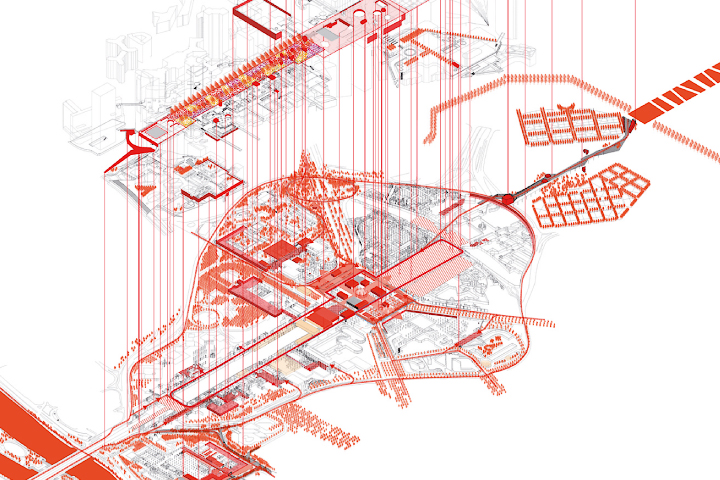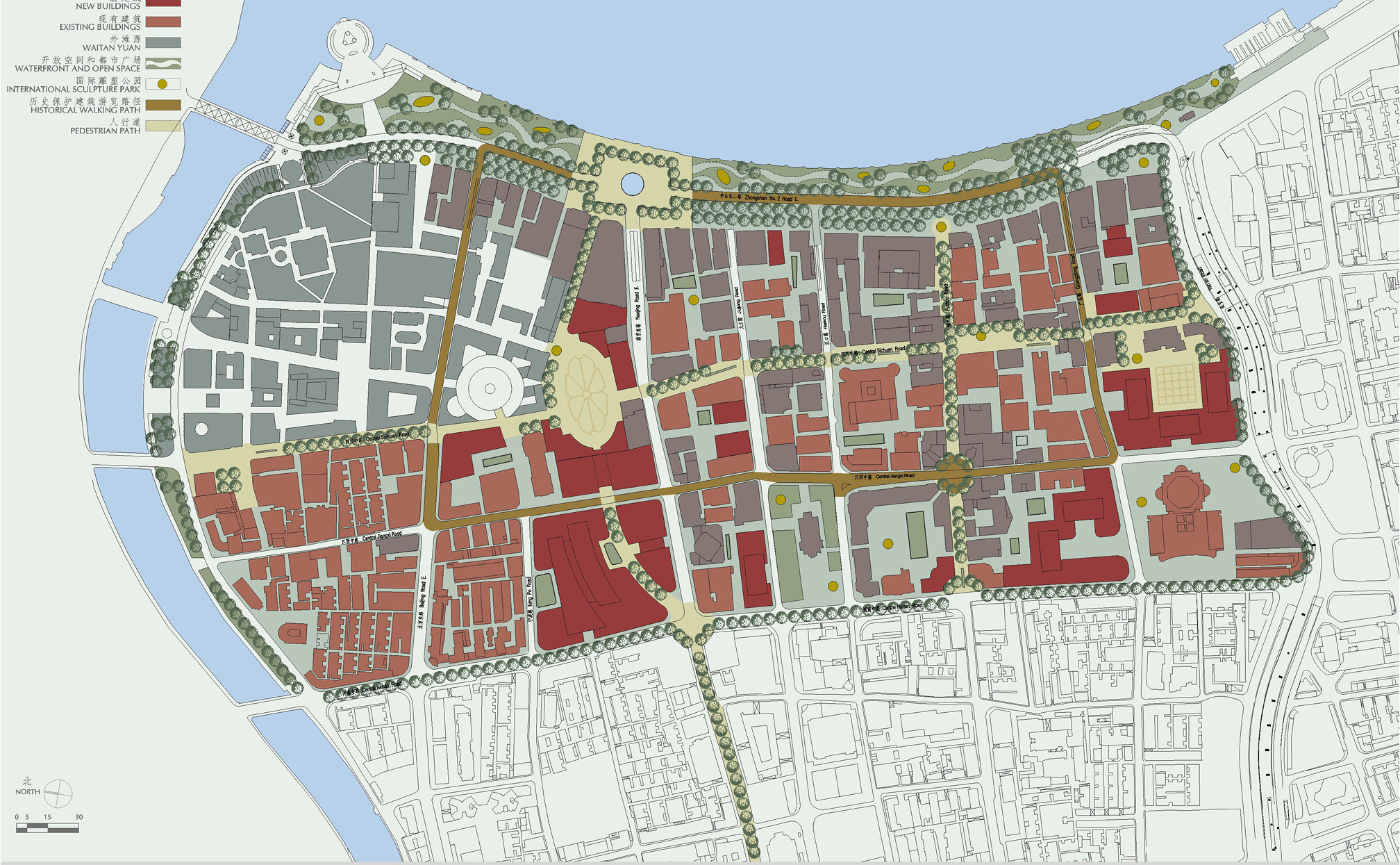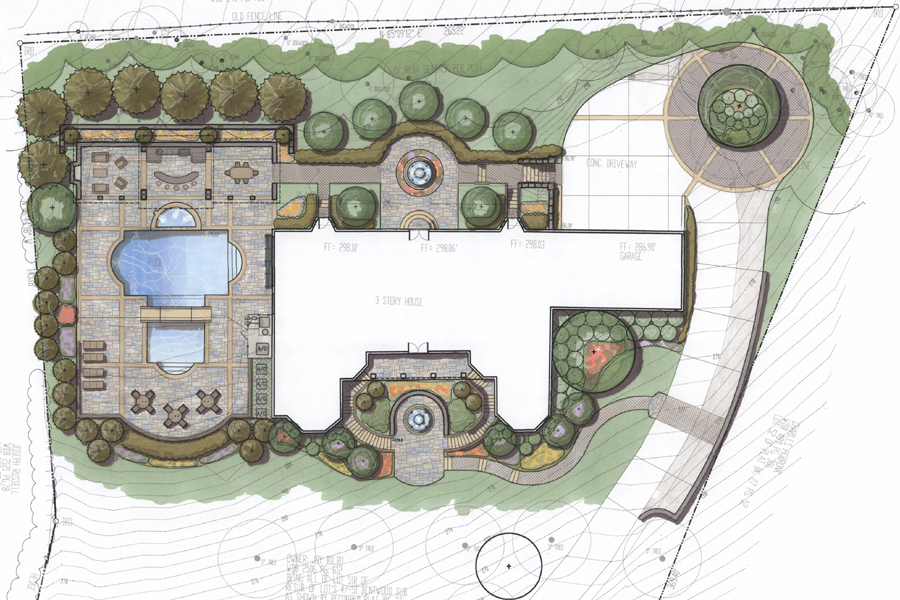



That being said, it's important to lay some ground rules-not to limit ideas but to ensure you're focused on the problem.
#MASTER PLAN WOWMATRIX HOW TO#
Eventually, this stage will help you land on the best solution to the problem you're trying to solve (we'll discuss how to identify those good ideas a bit later), but don’t limit any sharing of ideas early in the brainstorming process. To reiterate, the primary rule of the Ideation stage is quantity over quality. In the end, you’ll come up with even more inventive and innovative ideas. By spending time thinking about the problem from a user-centric perspective and empathizing with users, you can ideate with a solid foundation of understanding that will help you ask the right questions about each idea presented. Yes, the Design Thinking process is rarely entirely linear, but you can still learn from other stages during the Ideation phase. Learn from other stages of the Design Thinking process The Ideate stage helps you bring together the perspectives and strengths of all your team members so you can uncover the best idea without attention to hierarchy, seniority, or ego. A truly collaborative Design Thinking process is a judgment-free zone and that rule should be clear to everyone before any brainstorming session begins. No one wants to present a "bad" idea or be judged for their contributions. Establish an open and safe collaborative environmentīrainstorming with a group of colleagues can be intimidating. Let's dive into a few additional best practices to help facilitate a successful Ideation stage.

The only hard and fast rule is to always keep the user top of mind. No ideas are bad ideas and no-holds-barred streams of consciousness that can help you uncover innovative solutions are encouraged. Think of the Ideation phase as your "safe zone" to have bad ideas. No matter your role, Design Thinking can help you deliver viable, user-centric solutions that delight your customers. Brainstorming ideation sessions can help design teams move beyond easy answers, challenge assumptions, and think outside of the box to find not just the easy answer, but the best answer. Often, the first ideas shared during the Ideation stage are among the most obvious. The goal is not to evaluate or judge the viability of these ideas but, rather, to get the creative and problem-solving juices flowing. The goal is just as it sounds: to propose as many ideas as possible to solve the problem at hand. That's why the Ideate stage of the Design Thinking process is so important. The hardest part of any new project or task is getting started. Let's take a closer look at the Ideation stage and some best practices for completing this stage of the Design Thinking process. Why? Well, if the goal of the Design Thinking process is to collaboratively solve both every day and organizational problems, then the process is virtually ineffective without ideas to test and prototype. The Ideation stage is arguably the most important-and least structured-phase of the process. Teams can toggle between each of the five steps-Empathize, Define, Ideate, Prototype, and Test-to pressure-test possible solutions, redefine problems, and learn more about their users. The goal of Design Thinking is to creatively solve problems through an iterative process that focuses on the user experience, which leads to the development of better, more user-centric products, services, and processes.īy its nature, the Design Thinking process is not linear.


 0 kommentar(er)
0 kommentar(er)
